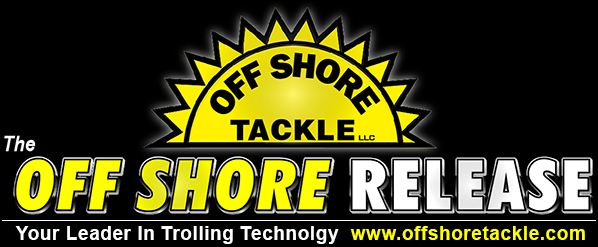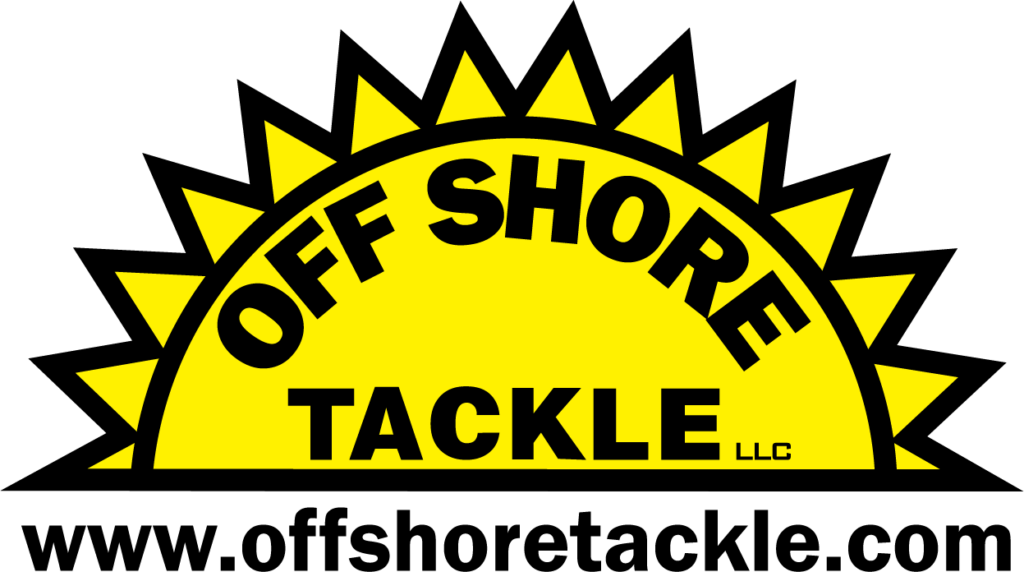 Using The “Feedback” Method For Light Biting Walleye
Using The “Feedback” Method For Light Biting Walleye
BY BILL LIMAGE
For years many of us have spent countless hours watching our Off Shore Tackle planer boards from the back of the boat. Learning how to read these boards for detecting strikes has become an important and necessary fishing skill. The versatility of the OR12 Side Planer is what makes it an essential weapon in my day-to-day trolling arsenal.

The time of year and water temperature will usually dictate whether I am pulling a crankbait or pulling a live bait and crawler harnesses. In my experience, when pulling crankbaits, the factory supplied stationary flag set up is adequate due to the fact that most crankbaits are trolled at steady speeds and a hooked walleye readily pulls the board backwards in the water. In the summer months, a lot of anglers switch to a crawler harness presentation. At this point I always use the OR12 equipped with the upgrade OR12TFEK Tattle Flag™ HD Economy Kit. Off Shore Tackle has spent years perfecting the OR12TFEK so as to provide a host of spring tension settings for virtually every trolling situation, even slow trolling with crawler harnesses for light biting walleye.
Many times while fishing crawler harnesses, I have noticed the spring loaded flag snapping down for a second then quickly returning to its normal upright position, indicating a fish nipped at the bait, but didn’t get hooked.
 What anglers have to understand is that more often than not, this is not a lost opportunity. A less than aggressive walleye will often swim behind your bait, and simply take a small bite of your crawler, removing a couple of inches or less. This is where your Tattle Flag™, and a trick I call the “feedback”, can help you put more fish in the boat.
What anglers have to understand is that more often than not, this is not a lost opportunity. A less than aggressive walleye will often swim behind your bait, and simply take a small bite of your crawler, removing a couple of inches or less. This is where your Tattle Flag™, and a trick I call the “feedback”, can help you put more fish in the boat.
As soon as I see the spring-loaded flag pop down and then back up, I remove the rod from its rod holder, open the reel bail and play line off the reel creating slack in the line. Stalling the board and the trailing harness for a few seconds provides walleye a second opportunity to strike at the bait.
Walleye are curious and will often follow your bait, even after striking at it and coming up short. I will usually feed a board back anywhere from 3 to 5 feet, pause for a couple of seconds and then gently sweep the rod forward to see if the fish is hooked. There have been many instances in which I have had to do these two or three times to finally be successful in getting the fish hooked. It’s amazing how often the “feedback” method helps me hook and land more fish. Using the “feedback” certainly adds a new level of excitement and satisfaction to anyone’s day on the water.
Editor’s Note: Bill Limage fishes the Northern Ontario Walleye Trail and often uses Off Shore Tackle products to help him catch more fish.
Please Note
Before using any fishing/rigging method, make sure to consult your local Department of Natural Resources fishing directory to confirm local fishing regulations.


